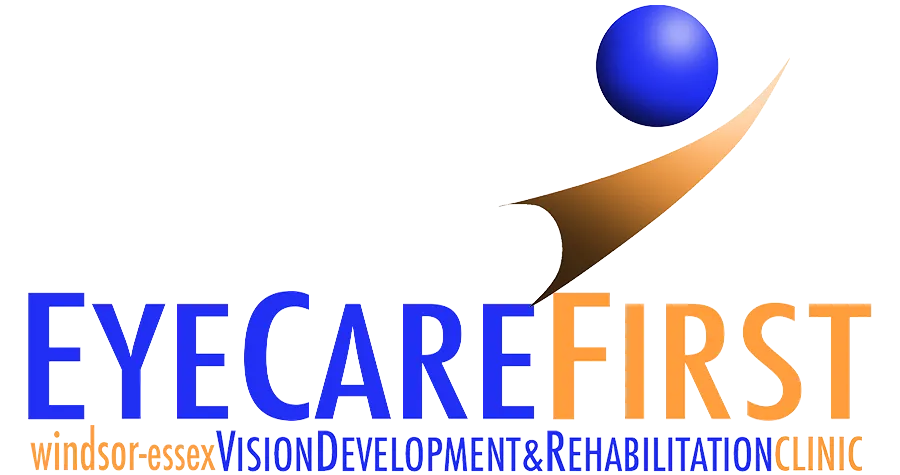Is reading difficult or uncomfortable even though you wear contacts or glasses? Vision therapy may help you improve your vision.
Read more-
When Do You Know Glasses Aren't Enough?
Category: Newsletters
-
Avoid Eye Problems For The Second Half of The School Year With An Eye Exam
Category: Newsletters
Could a vision problem be responsible for your child's troubles at school? A comprehensive eye exam can detect a range of vision problems that affect your child's ability to learn.
Read more -
Vision and Memory
Category: Newsletters
Do you have a bad memory? Vision therapy may offer a simple solution.
Read more -
What is Diplopia?
Category: Newsletters
Are you seeing double? Vision therapy can help resolve the symptoms of diplopia (double vision).
Read more -
Allergies
Category: Protecting Your Eyes
Caused by the same irritants as hay fever, runny nose, coughing, and sneezing, eye allergies commonly affect those who suffer from other allergy symptoms. Not only do eye allergies cause discomfort, but they can also interfere with daily activities. Eye Allergy Causes Medically referred to as allergic
Read more -
Can Vision Therapy Help With Concussion Recovery?
Category: Newsletters
Is your recovery from your concussion taking longer than you expected? Vision therapy may improve your symptoms.
Read more -
Can Amblyopia Be Corrected?
Category: Newsletters
Have you been told that your vision can't be improved if you have amblyopia? Thanks to vision therapy, that may not be true.
Read more -
Age-Related Macular Degeneration
Category: We Can Help With, Retinal Disorders
One of the leading causes of vision loss in people who are age 50 or older is age-related macular degeneration (AMD). This common eye condition leads to damage of a small spot near the center of the retina called the macula. The macula provides us with the ability to clearly see objects that are straight
Read more -
Peripheral Vision Loss
Category: Vision Problems
Normal sight includes central vision (the field of view straight ahead) and peripheral vision (the field of view outside the circle of central vision). The inability to see within a normal range of view often indicates peripheral vision loss. In severe cases of peripheral vision loss, individuals only
Read more -
Learning Disabilities and Vision Therapy
Category: Newsletters
Does your child struggle in school due to learning disabilities? Vision therapy may make learning easier.
Read more -
How It Works
Category: What is Vision Therapy
Vision therapy, also referred to as vision training, neuro-vision therapy, or vision rehabilitation, is an optometry subspecialty. Vision therapy is prescribed to develop, improve and/or enhance visual function so an individual’s vision system functions more smoothly. Vision therapy can be beneficial
Read more -
How It Helps
Category: What is Vision Therapy
The goal of vision therapy is to treat vision problems that cannot be fully addressed through eyeglasses, contact lenses or surgery. For example, studies show that vision therapy may be beneficial for addressing eyestrain and other issues that can affect a child’s reading abilities. The human brain
Read more -
Signs and Symptoms Checklist
Category: What is Vision Therapy
Vision therapy, which is also known as vision training or visual training, is an individualized treatment program that can help identify and correct perceptual-cognitive deficiencies that are impacting visual learning, focus, and concentration. Vision Therapy for Children: Checklist While individuals
Read more -
Viruses
Category: We Can Help With, Corneal Disorders, Disorders
Herpes Zoster (Shingles) If you ever had chickenpox, you’re at higher risk of developing shingles later in life. Shingles can affect many parts of the body. If it travels to your eyes, your cornea can become inflamed and even scarred. Corneal damage might not be apparent until months after the shingles
Read more -
Corneal Dystrophies
Category: We Can Help With, Corneal Disorders, Disorders
This group of corneal disorders includes more than 20 variations. Each affects different parts of the cornea, causing it to get cloudy and compromising vision. Most of these dystrophies are inherited, affect both eyes equally and spread between layers of the cornea as they gradually progress.
Read more -
Iridocorneal Endothelial Syndrome
Category: We Can Help With, Corneal Disorders, Disorders
This syndrome most commonly affects women between 30 and 50 years old. Symptoms include changes to the iris, corneal swelling and the onset of glaucoma.
Read more
Locations
2601 Lauzon Pkwy, Unit 510
Windsor, ON N8T 3M4, Canada
Hours of Operation
Our Regular Schedule
9:00 am - 5:30 pm
9:00 am - 5:30 pm
9:00 am - 5:30 pm
9:00 am - 5:30 pm
9:00 am - 2:00 pm
Closed
Closed


